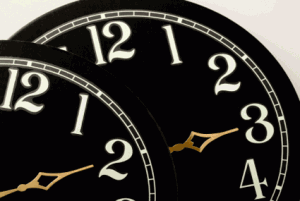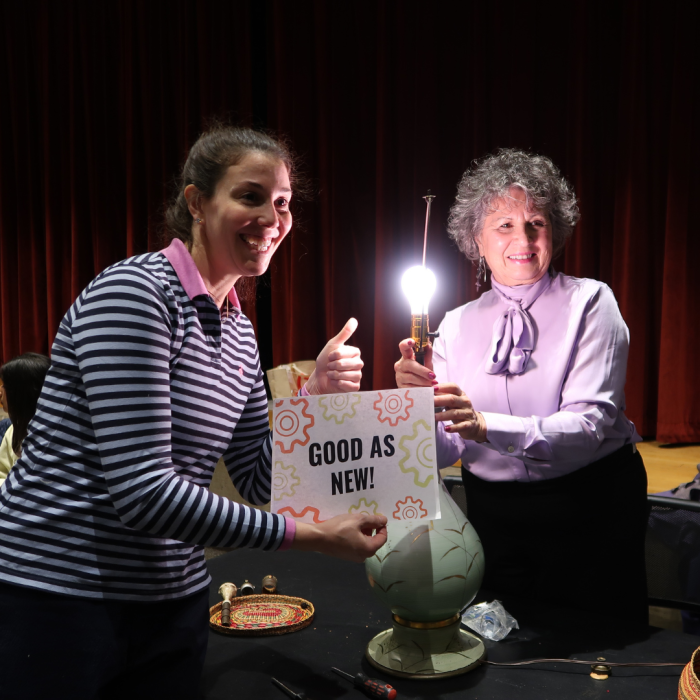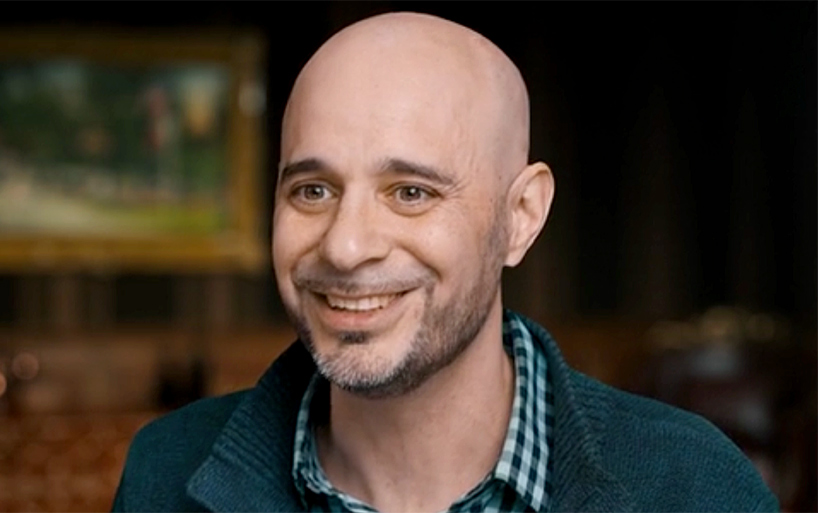
Daylight savings time, DST, that officially kicked off March 13, 2011 will come to an end next month.
On November 6 at 2 a.m. clocks will be turned back and we will gain an hour.
In the northern hemisphere, DST begins between March and ends in November. It allows for more light during the evening hours and less in the morning hours.
The practice has been criticized and reported to cause problems for farming and other occupations tied to the sun, while it’s been praised for retailing and sports benefits.
Previously, since 1986, US Federal law began Daylight Saving Time on the first Sunday in April and ended the last Sunday of October. Currently, in many parts of the United States DST lines up with section 110 of the United States’ Energy Policy Act of 2005, which states that daylight saving time would begin on the second Sunday of March and it would end on the first Sunday of November.
According to National Geographic, The federal government doesn’t require U.S. states or territories to observe daylight saving time, which is why Arizona, Hawaii, Puerto Rico, the Virgin Islands, American Samoa, Guam and the Northern Marianas Islands residents won’t need to change their clocks back.
As we previously reported, according to timeanddate.com, Benjamin Franklin was the man behind the time change, though it’s noted that ancient civilizations adjusted schedules to the sun to take advantage of sunlight hours. Franklin, most notable for his proverb, “Early to bed, and early to rise, makes a man healthy, wealthy and wise,” suggested a kind of daylight saving time back in 1784 as a way to economize candles and use morning sunlight. The concept of DST was mainly credited to New Zealand entomologist, George Hudson, whose job gave him more leisure time and led him to value daylight, ultimately proposing a two-hour daylight-savings shift.



































